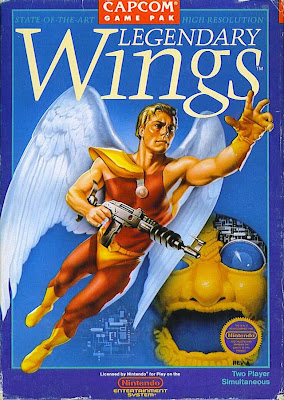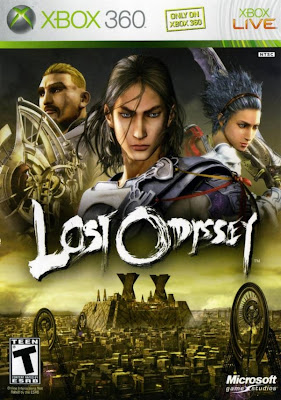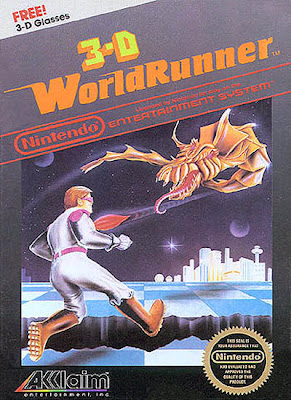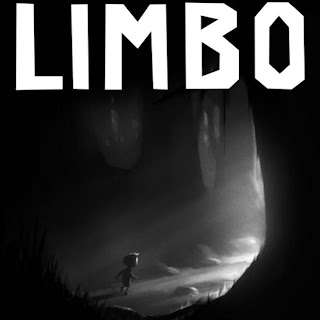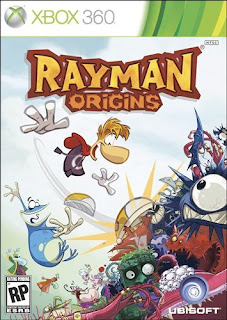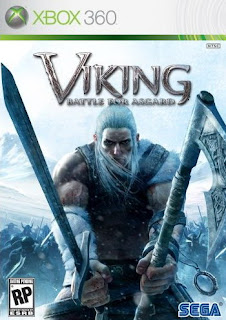The Short
Pros
- Blend of Zelda, rogue-likes, and duel-stick shooters
- Hundreds of unlockables: items, characters, power-ups, levels, bosses, and more
- Dark, disgusting, and with a unique art style
- Incredible soundtrack
- Addicting and ideally suited for short bursts of gameplay
- Only $5 on Steam
Cons
- Can be incredibly difficult
- Success is often based heavily on luck
- Disturbing characters and themes might be too much for some
- No gamepad support
- Shooting is only four-directional rather than true eight-way
 |
| Welcome to hell |
The Binding of Isaac is an indie game from half of the team behind Super Meat Boy (read: one of the two people, specifically the artist) and the creator of Gish, another PC indie game. At first glance it looks like a dark, more demented version of The Legend of Zelda but don't be fooled: beneath it's bizarre art style and gross-out, dark humor is an extremely competent rogue-like that simply screams for repeat plays.
The story behind The Binding of Isaac is...well, a more modern and messed-up take on the Biblical story of the same name. Isaac's mom, who spends most of her day watching Christian broadcast stations on the TV, hears "the voice of God" one day telling her to kill her only son, Isaac. In an attempt to escape her insane mother's bloodlust, Isaac makes his way into the basement, where plenty of dark secrets and horrible monstrosities await him.
 |
| Pictured: Horrible Monstrosities |
The premise is one that many might find offensive, but it generally just serves as a background for the game's many levels of questing and item discovery. You find items that fit with the theme of a Biblical parody (or mockery, depending on how you take it) such as haloes, books from the Bible, and other weird connections. All the alternate characters are also named after Biblical "baddies:" Judas, Cain, Magdalene, Eve, etc. to further fit the theme. All in all, however, while I was a bit shocked at the game's premise at first, it is clearly taken more as satire than mockery, and again it really just exists to push the game forward.
And what a game it is. The Binding of Isaac is an extremely successful hybrid of three game types: The Legend of Zelda, rogue-likes, and duel-stick shooters. While this combination might sound a little weird, let me break it down for you.
For the Zelda aspect you have...well, a general Zelda aesthetic (as you can see from the screens). You collect silver keys to open secret doors and treasure chests. You get bombs to either attack enemies, destroy obstacles, or find hidden doors. You get your main attack an one "sub-item," and your life is measured in hearts. You collect pennies to spend at stores that have a distinct "Zelda" look about them. Because of that, you might think this game really is more Zelda than anything else, when it actually isn't.
The Binding of Isaac is a rogue-like, and it follows the staple of the genre where it has to be mercilessly punishing. Death is permanent. There is no save feature: quit and your game is over. Items like hearts, bombs, keys, and coins are dropped extremely rarely. Power-up items are given randomly (you are guaranteed at least one every floor, assuming you have a spare key to unlock the door), and a "bad run" is very much possible (i.e. getting all useless items so you are extremely underpowered by the end). It offers that weighty decision in games like these: do I risk clearing out a room for the hope of reward, or do I ignore that and simply take the path of least resistance? Once you are in a room you can't leave until all the enemies are cleared or you bomb a door to break out, and the difficulty means every room has the potential to kill you. This limiting of items and power-ups makes playthroughs of The Binding of Isaac short, but short enough that you don't mind starting over for another attempt.
As far a a duel-stick shooter goes, that's generally how you attack. You control Isaac's movement with the arrow keys, then can either use the mouse (boo) or the WASD keys (yay) to shoot his "tears" (aka your only weapon) in four directions. Power-ups increase the rate of fire for tears, damage, range, and all sorts of other crazy things (my favorites include turning them into eye-lasers and a powerful charge beam).
And speaking of power-ups, there are loads. We are talking hundreds, and with more unlocking the more you play. The game practically throws unlocks at you the further you get, rewarding you for bombing stuff, exploring secret areas, killing certain bosses, and more. These power-ups don't make runs any easier, they just basically go into the grab-bag of items available when you find a power-up room. Which means later playthroughs won't necessarily be easier, but they'll certainly be different.
 |
| Seriously, there are a lot of items in this game. |
While on that subject, The Binding of Isaac probably has the most incentive-rich gameplay of anything I've spent time with. In addition to items there are alternate bosses, characters, and even whole levels. The first time you beat the game is actually just a warm-up: after you beat Mom the first time it unlocks a whole new world past that (which you can get on your next playthrough) which is even harder and sports an even more difficult boss. Beat that nine times (which nets you more items) and you get an even harder ending boss, and beat that and you unlock a fifth world that is just stupid difficult and with one of the hardest bosses I've ever fought. Seriously, this game is totally packed full of stuff to get.
Which is where The Binding of Isaac's appeal really comes from. The gross-out sections and questionable story will certainly turn a lot of people off (and many of the items are also lacking in taste), but at it's core this is just a really, really solid game. Had any one part of the game not worked - the Zelda-esque layout, the balance between difficulty and reward, or the controls - it would have been regarded as just a unique idea that failed. Instead, everything ties together perfectly and makes a completely unbeatable "quick-fix" game. I've sunk at least 10 hours into this game (with playthroughs running anywhere from 5 to 45 minutes) and I keep going back to it when I can't think of anything else to play, just to see if I can make it further than "that last run." Addicting can be a hard quality to make in a game, but like Super Meat Boy, The Binding of Isaac holds no punches.
 |
| Items actually change your appearance; Isaac usually looks pretty messed up by the end |
Before I forget, the soundtrack is absolutely worth mentioning. It's by dbSoundworks, the incredible team behind Canabalt and Super Meat Boy, the author of which (Danny Baranowsky) is widely regarded as the best independent composer in the business. The songs differ from his usual retro-throwback tunes, instead focusing more on being creepy, simple, and incredibly catchy. It's atmospheric while still being musical, with nearly every song (especially the one that plays during the opening prologue) sending chills down your spine.
At an asking price of $5 on Steam (or less if it's on sale, or part of one of the previous Humble Indie Bundles), The Binding of Isaac is a downright steal. If you can tolerate the questionable content you are looking at many hours of difficult, masochist gameplay that beats you over the head but you still love it. The amount of sheer content in this title is so far beyond even the majority of full retail video games I still can't believe they didn't try to charge $10 or more for it. Add to the fact that they have already added a massive Halloween update (and have $2 DLC chock full of more items, levels, and characters on the way)
If I were to give a star rating, I'd give it five out of five. The asking price of $5 is underpriced if anything, and you can bet I'm picking up the DLC the minute it hits Steam.
At an asking price of $5 on Steam (or less if it's on sale, or part of one of the previous Humble Indie Bundles), The Binding of Isaac is a downright steal. If you can tolerate the questionable content you are looking at many hours of difficult, masochist gameplay that beats you over the head but you still love it. The amount of sheer content in this title is so far beyond even the majority of full retail video games I still can't believe they didn't try to charge $10 or more for it. Add to the fact that they have already added a massive Halloween update (and have $2 DLC chock full of more items, levels, and characters on the way)
If I were to give a star rating, I'd give it five out of five. The asking price of $5 is underpriced if anything, and you can bet I'm picking up the DLC the minute it hits Steam.

